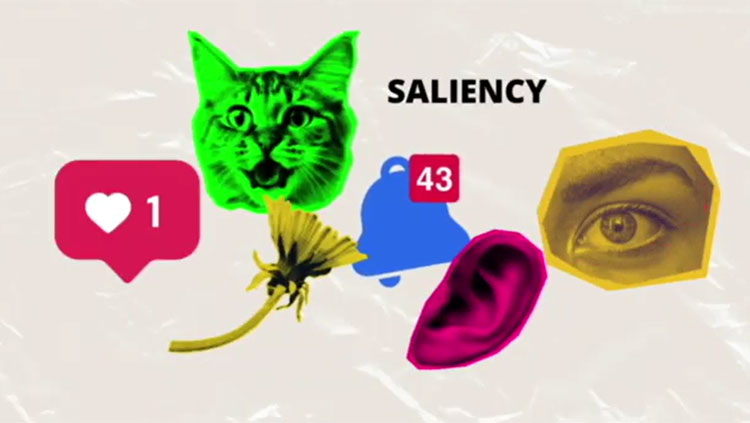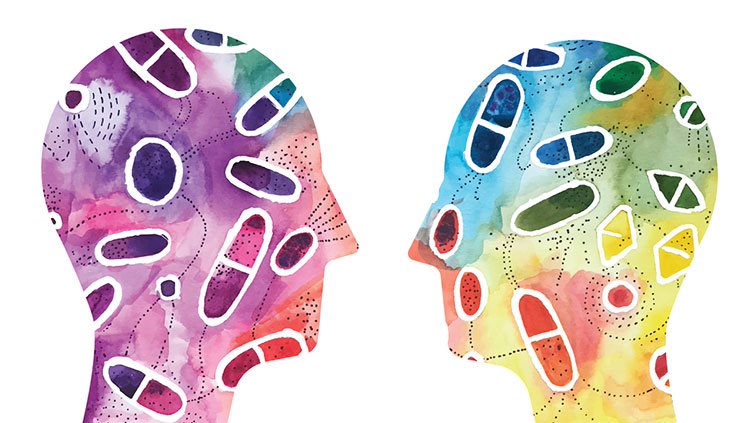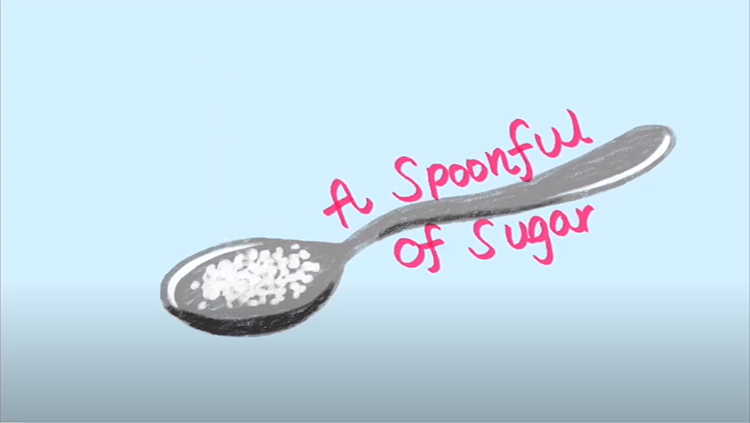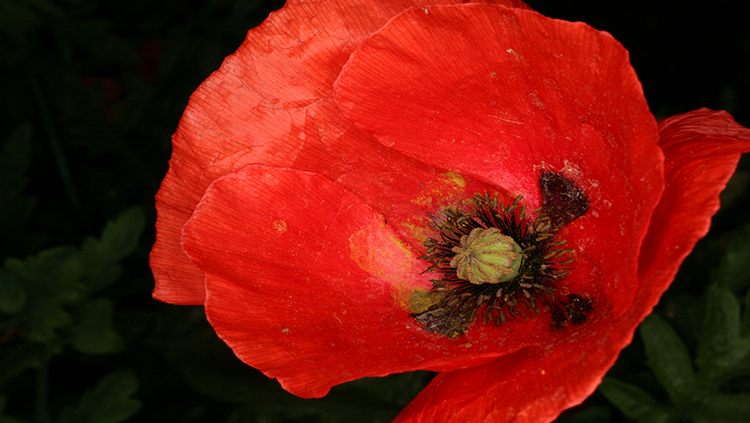Into Your Brain: Addiction
- Published19 Sep 2017
- Reviewed20 Sep 2017
- Source BrainFacts/SfN
Let's view a journey into your brain as a young neuron and his professor do their best to explain how addiction works in their own ways.
This video is from the 2017 Brain Awareness Video Contest.
CONTENT PROVIDED BY
BrainFacts/SfN
Transcript
Hey, I’m one of your neurons. It’s come to my attention that you’re becoming obsessed with something. Many of us are obsessed. Sugar, the internet, the new season of Orange is the New Black. There is always one thing we can’t get enough of. But do these obsessions count as addictions? No, at least not according to my Neuroscience professor… so I guess you can continue on your YouTube watching spree. But, just so you know how to differentiate between obsessions and addictions, I’ll explain what an addiction is a bit more. Excuse me? Our viewer does not need to be babied. Sorry Professor As I’m sure my young student was going to say, addiction is the repetition of an action despite its harmful effects on your body. Most likely, your obsession of Snapchitter or VideoTube is not going to be harmful to your body.
Key aspects of addiction which distinguishes it from obsession are loss of control, dependency, risky use, social impairment, and withdrawal. And, addiction doesn’t just appear, it progresses overtime. In this case, we’ll be looking at drug addictions. Initially, addicts use drugs recreationally just like how you or me would go to the park or read a book every once in awhile. But, with increased exposure and increased history of use, the addicts starts to depend on the drug for a “high” and it transgresses into a severe addiction. To better understand this, let me ask you a question, one cup of coffee doesn’t sound so bad, right? What happens when that one coffee becomes two then three then so much that you can’t even count? How about now? Is it still healthy? Will you please stop interrupting? Sorry for that, umm well, lets continue. From this point of addiction, where addicts have drastically increased drug usage, people begin to live in a dangerous cycle.
The steps of this cycle are binge intoxication, withdrawal, and craving. With Heroin as our example, let’s take a look at what happens. Binge intoxication is the stage where an addict is taking a lot of the addictive substance. During this stage, using heroin activates the nucleus accumbens. The nucleus accumbens is located in the forebrain and is associated with pleasure . First, heroin turns into morphine and binds to the mu opioid receptors on the surface of of neurons. The receptors trigger neurons in the ventral tegmental area, to produce another chemical called dopamine which is sent to the nucleus accumbens. The dopamine receptors in the nucleus accumbens are flooded, leading to the experience of a “high”. Lemme break it down for you: Picture a TV talk show with a special guest. The guest is really popular with the viewers and the show gets more and more views. This means more money and more success. Now, think of the TV show as the brain and the guest host as the drug. The drug triggers more dopamine production, the viewers, causing the high, or in this case, the success and the money. Thanks, now if you would let me continue.
Now for another important part of binge intoxication, tolerance. Increasing tolerance causes addicts to increase the dosage in order to achieve the same “high”. So, not only do they binge out but, every time they binge, more and more of the drug has to be taken. Following binge intoxication is withdrawal, during which an addict may experience negative emotional states. Our body produces its own opioid like chemicals which causes the conversion of enzymes. This change releases noradrenaline or NA which is important for stimulating alertness, muscle tone, and respiration. When the drug, instead of our own chemicals links to the mu opioid receptors in our body we produce more and more NA to offset the harmful effects of the drug. But when opioid use is discontinued extra NA is released. This causes jitters, anxiety, muscle cramps and more. This all happens here in locus coeruleus (LC). Yea it’s really cool. Imagine a factory, our brain, which produces just enough supplies, NA, for one store. Then one day the factory gets messages to start producing for another store. The factory starts to make more and suddenly one of the store closes without warning. The factory is making too much now and it starts to lose money hurting the business, just like how our body is hurt with all the cramps and jitters.
Thank you very much! Now, the final step in the cycle is craving, where an addict will crave the substance just like how you might crave granola late at night. During the craving state our brain becomes preoccupied with the anticipation of the drug. There are two different types of craving: one that is caused by the drug itself and another that is caused by a stressor like negative emotions. Let’s Review. First, addiction is not obsession. Addiction is when a person becomes dependent on a chemical in order to function properly. There are three stages in this relapsing cycle: intoxication, withdrawal and craving. That’s enough, see me in my office later today. Yikes, I should probably go.

















